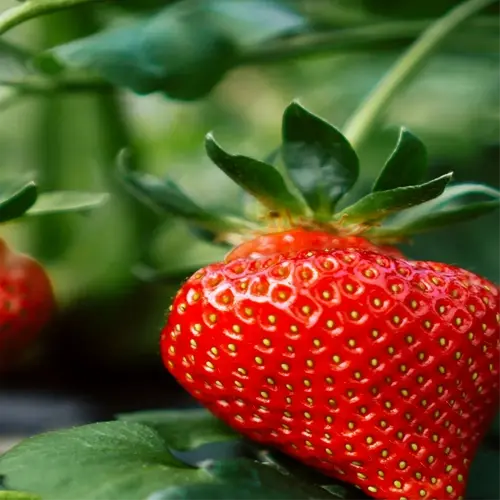What climate is required for growing tea?

Written by
Liu Xiaohui
Reviewed by
Prof. Samuel Fitzgerald, Ph.D.Camellia sinensis shows diversity in its climate adaptability, but I have found that it requires distinct conditions for the best possible cultivation - I've grown tea in Pacific Northwest fog and Southern humidity. As far as climate, winter minimums above 10°F (-12°C), average rainfall, and daytime growing season temperatures of 65-85°F (18-29°C) are pretty much needed.
USDA Zones
- Zones 7-10: Full outdoor growth with winter protection
- Zones 5-6: Container gardening with indoor overwintering
- Avoid areas with sudden temperature swings exceeding 30°F daily
Soil Requirements
- pH 4.5-6: Test monthly with digital meter
- Drainage: 2" gravel base in planting holes
- Amendments: Annual pine needle mulch boosts acidity
Microclimate Tips
- Plant near east-facing walls for morning sun
- Use burlap windbreaks in coastal areas
- Install shade cloth above 85°F (29°C)
Regional adaptations are a must. Growers in Florida use raised beds to control humidity, while gardeners in Colorado use thermal mass stones to reduce temperature drops. My plants in Oregon get autumn hoop houses to extend their growing season by six weeks into the first frost.
Burlap Wrapping
- Double-layer wrap secured with jute twine
- Remove during daytime above 40°F (4°C)
- Prevents winterburn in zones 6-7
Thermal Mass
- Place dark stones near plant bases
- Use 5-gallon water jugs as heat sinks
- Radiates stored warmth overnight
Anti-Desiccant Sprays
- Apply in late fall before hard freezes
- Reduces moisture loss by 40%
- Safe for organic certification
Three years of maturation is an absolute must. My plants in Zone 7b produced just 8oz of foliage in year three but produced 2.5 lbs in year five. Measure growth metrics - healthy plants produce 12-18 new shoots per year. Promote your propagation successes through local agricultural extension.
Read the full article: How to Grow Tea at Home Successfully

